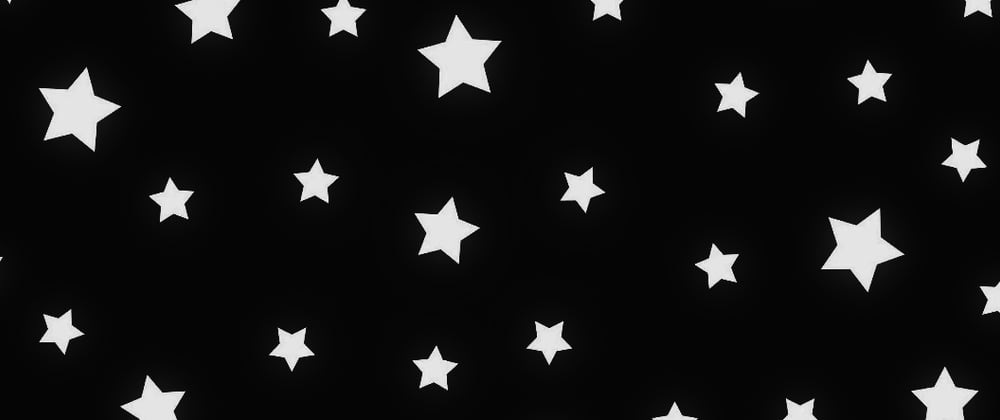Here I am with my "Star rating" system:
✔️ No JavaScript.
✔️ No complex HTML code, only the needed <input> elements for the user interaction and one extra element.
✔️ No hacky CSS code.
✔️ Easily scalable. Simply add more <input> to get more stars. No need to change any CSS code.
✔️ Works with keyboard navigation.
✔️ No SVG, No images. The star shape is built using pure CSS.
✔️ You can easily adjust the size and coloration of the stars.
✔️ Support both ltr and rtl direction
See it in play:
As said, the HTML code is pretty simple. A div that contains our inputs and an extra <i> element. Nothing more!
All you have to do is to add as many inputs as stars you want.
For the CSS part, we have the trivial one as follow:
.stars {
--s:50px;
position:relative;
display:inline-flex;
}
.stars input {
width:var(--s);
height:var(--s);
margin:0;
opacity:0;
cursor:pointer;
}
The variable --s will define the size of our inputs that we make invisible using opacity:0. Everything is within a flexbox container (an inline one to easily integrate the star rating like an image or a simple text).
The real trick relies on i
.stars i {
position:absolute;
inset:0 0 calc(var(--s)*0.1);
pointer-events:none;
/* the star */
--v1:transparent,#000 0.5deg 108deg,#0000 109deg;
--v2:transparent,#000 0.5deg 36deg,#0000 37deg;
-webkit-mask:
conic-gradient(from 54deg at calc(var(--s)*0.68) calc(var(--s)*0.57),var(--v1)),
conic-gradient(from 90deg at calc(var(--s)*0.02) calc(var(--s)*0.35),var(--v2)),
conic-gradient(from 126deg at calc(var(--s)*0.5) calc(var(--s)*0.7) ,var(--v1)),
conic-gradient(from 162deg at calc(var(--s)*0.5) 0 ,var(--v2));
-webkit-mask-size: var(--s) var(--s);
-webkit-mask-composite: xor,destination-over;
mask-composite: exclude,add;
/**/
background:
linear-gradient(rgba(255,0,0,var(--o,0.3)) 0 0),
linear-gradient(gold 0 0)
#ccc;
background-size:
calc(var(--l,0)*var(--s)) 100%,
calc(var(--p,0)*var(--s)) 100%;
background-repeat:no-repeat;
}
First, we make it an absolute element that will cover all the div and logically all the inputs. We use pointer-events:none; to be able to interact with the inputs but still have the mouse cursor on the <i>.
Second, we apply 3 background layers as follows:
- The bottom layer is a grey coloration (
#ccc) to indicate the number of stars and the non-selected ones - The middle layer is the gold coloration. Here we use a gradient having a variable size based on the selected stars (controlled with the variable
--p) - The top layer is similar to (2) and will respond to the
:hovereffect (controlled with the variable--l). I will be using a semi-transparent color so we can still see the selected stars.
What about all those strange gradients and mask??
This is my personal touch and the crazy part of the work. I have built the star shape using multiple gradients applied to the mask property so all the background layers are seen through that shape.
Finally, the interactive part done using the following code:
.stars:focus-within {
outline:1px solid;
}
input:active ~ i{--o:1}
input:nth-of-type(N):checked ~ i {--p:N}
input:nth-of-type(N):hover ~ i {--l:N}
:focus-within will allow me to style the whole div when interacting with the inputs (good for accessibility)
When an input is active (clicked on) I change the semi-transparent color to an opaque one to highlight the click action.
On :checked I update the variable --p based on the input index. We can easily generate the code using SASS/LESS or by doing some copy/paste (it only takes a few seconds to write the code that can cover up to 20 inputs)
On :hover we do the same logic but with the variable --l.
What about the rtl support?
Either we update the background-position based on the direction attribute and we simply add:
[dir="rtl"] .stars i {
background-position: right;
}
Or I update the code and instead of multiple backgrounds, I rely on pseudo-elements that I can easily place using margin-inline-end
The trick is to have both pseudo-elements above each other (thanks to grid-area:1/1) with the adequate color. Their width will be controlled with the same variables used to control the gradient. Finally by using margin-inline-end:auto; they will get placed either at the left or the right based on the direction.
That's it
A simple non-hacky code and we have a fully interactive "Star rating" that you can easily embed anywhere.
Bonus
If you don't need the interactive part, here is a one-div version that you can control using CSS variables:



















